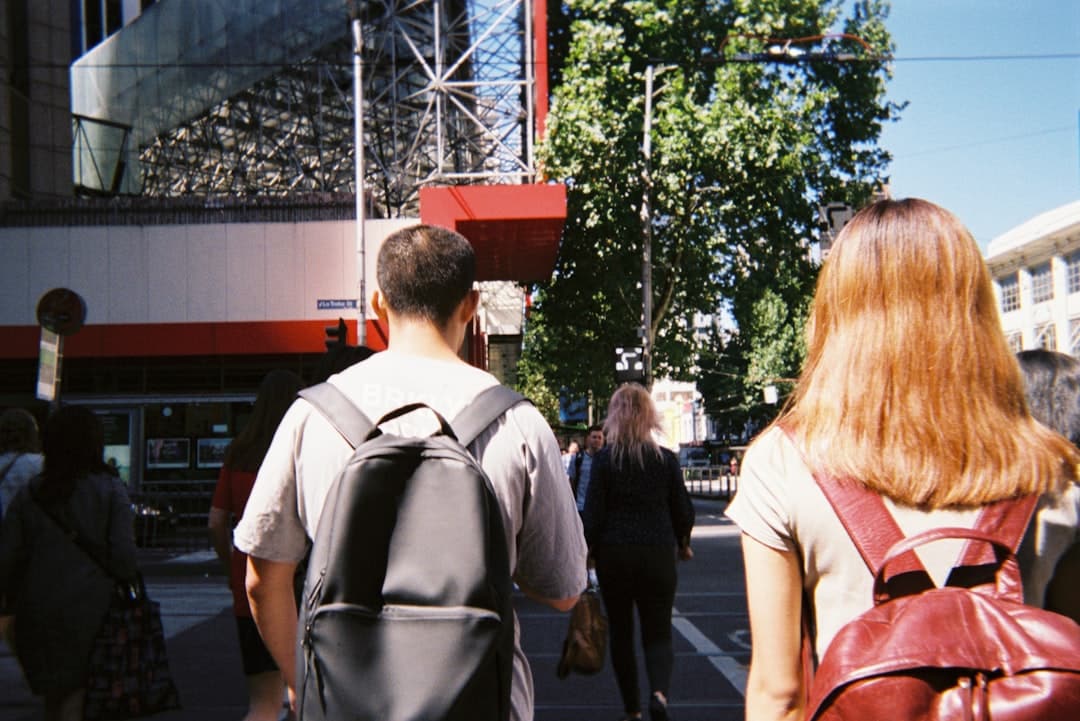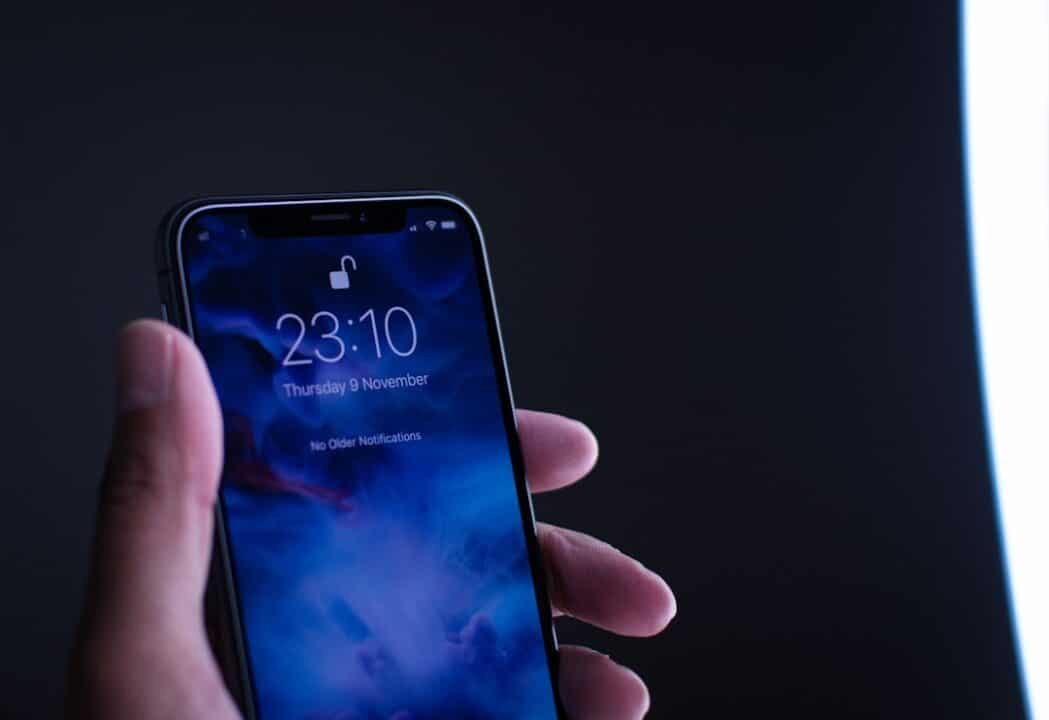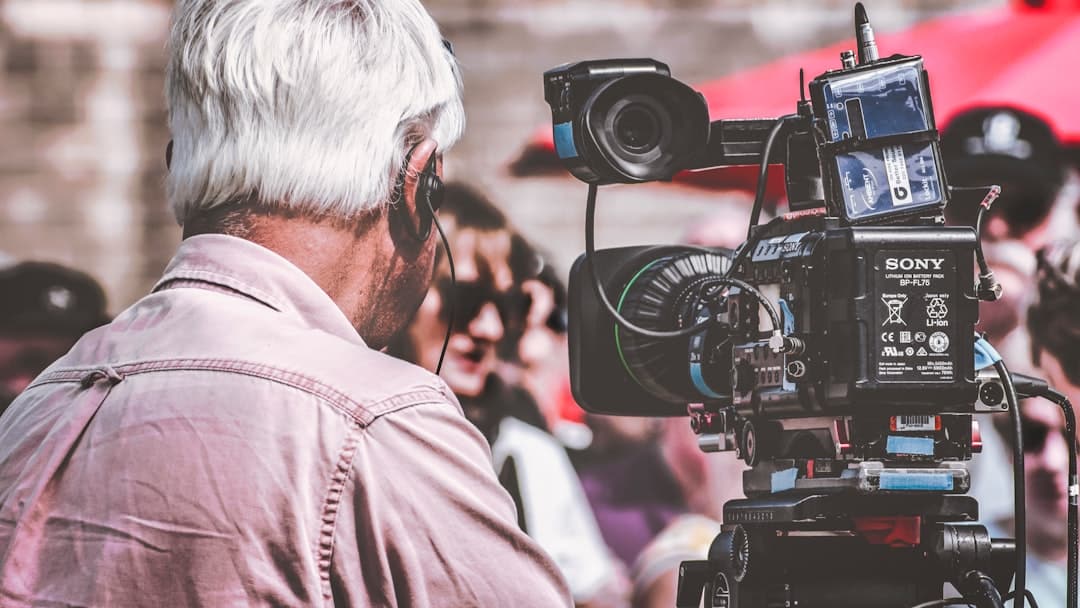|
IN BRIEF
|
Every cannabis lover has certainly heard of the CBD and of THC, these two star cannabinoids which represent the best and the worst of the plant. While CBD is often praised for its relaxing effects without the psychoactive part, THC promises intoxicating sensations. But did you know that it is possible to transform CBD into THC? In this article, we will explore the 20 best tips that will allow you to achieve this fascinating transformation. Get ready to dive into the magical world of cannabis chemistry and discover amazing methods to spice up your experience!
Have you ever wondered how to move on from these flowers of CBD that relax you with a nice little high? Hold on tight, because we’re going to explore the best tips to transform CBD into THC. Get ready to discover fascinating information, craft techniques and some practical tips to stimulate your sensations while having fun. Here we go!
Know the decarboxylation process
First of all, it is essential to understand the decarboxylation. It is a process that activates cannabinoids like THC and CBD by subjecting them to heat. Basically, if you want to transform an extract of CBD into a more exciting mixture, it will have to be heated. There are several methods that can be used, but be careful not to mess things up!
Use the oven to decarboxylate
One of the simplest methods is to place your CBD flowers in the oven at a low temperature, ideally around 100-120°C. This will activate the compounds without burning them. For a detailed guide to decarboxylation, visit this blog.
The microwave: quick but at your own risk
If you’re in a hurry, the microwave can do the trick. Place your flowers on a plate and pass them over low heat but be careful, watch carefully to avoid it turning into mush!
Opt for cannabis butter
Another very popular method is the use of cannabis butter. By melting butter with your CBD flowers, you will get a mixture rich in cannabinoids. This mixture can then be used to prepare delicious goodies!
Extract with coconut oil
For a healthier alternative, try coconut oil. Its stable nature and nutritional benefits make it an excellent vehicle for decarboxylating CBD while retaining taste. I have no doubt that recipes using coconut oil are delicious!
Adding essential oils
Add essential oils to your mixture can not only enhance the taste, but also increase the effects. Be careful which oils you choose, as some may interfere with the processing process.
Boiling water infusion
It is also possible to infuse your flowers in boiling water, which conditions the cannabinoids to be released. If you are a tea lover, you may like this method!
Vaporization
Invest in a spray bottle. It is a pleasant and healthy way to consume your flowers, while allowing stable temperatures, thus promoting the transformation of your cannabinoids. To know which vaporizer to choose, find out about the models available on the market.
Use solvents
For the adventurous, using solvents can be an effective extraction method to obtain concentrated THC from CBD. Be careful, however, of the risks associated with this method of transformation.
CBD hashes
CBD hash can also mask the taste a bit and provide a different type of effect, and a slight addition of THC. If you have this possibility, consider using it in your preparations!
Cannabis Edibles
Prepare edible products is a fabulous way to maximize THC absorption. By adding your decarboxylated mixture to brownies or candies, you will surely make people around you happy!
Use a CBD extractor
Having a CBD extractor at home might sound crazy, but it will allow you to create custom blends by adding different amounts of THC. You can become the maestro of your own cannabis!
Check your THC levels
Before you get started, be sure to check your flowers for the THC level. Some varieties are more suitable for conversion than others. To do this, consult specialized sites such as this blog.
Consider the use of terpenes
Don’t forget the terpenes which can influence your effects. Cannabinoids like THC can interact differently depending on the terpenes present!
Playing with temperatures
Heat variations allow you to play with the power of the effect. Try decarboxylating at different temperatures to find out what works best for you.
Use vacuum preparations
A vacuum method can ensure even more efficient decarboxylation. This requires a little equipment, but it can be very interesting for amateurs.
Ask the experts
Finally, don’t hesitate to consult cannabis experts: they can offer you additional tips and tricks that might just help you move forward in your quest for the perfect blend!
There you have it, you have all the cards in hand to transform CBD into THC like a pro! Be sure to always consume with caution and know your product before embarking on the adventure. Have fun and enjoy the effects!

The world of cannabis is vast and fascinating, and CBD (cannabidiol) and THC (tetrahydrocannabinol) are the main players. If you’ve ever wondered how to boost your cannabis experience, you’ve come to the right place! This article explores tips for transforming CBD into THC, maximizing your effects and sensations. So, get ready to discover the best techniques and take your cannabis experience to the next level!
Understanding Decarboxylation
There decarboxylation is the key process to activate the cannabinoids found in cannabis flowers. This chemical reaction is necessary to transform inactive cannabinoid acids into their active forms, such as THC. By heating your CBD flowers, you can trigger this transformation. Thus, a certain amount of time at suitable temperatures will maximize the effects of your cannabis.
Choose an appropriate heating method
Use an oven to get your flowers evenly cooked. Preheat the oven to 110°C and spread your cannabis buds on a baking tray. Leave them for approximately 30 to 40 minutes. A good heating method is crucial to ensure efficient decarboxylation.
The secret to cannabis butter
Why not prepare your own cannabis butter ? By combining decarboxylated cannabis with butter over low heat, you create a fully processed product. This allows the heat to release the THC while adding a flavorful touch to your recipes.
Use concentrated extracts
Oils and concentrated extracts can also play a role in converting CBD into THC. Although CBD oils are often minimalist, condensation from heat and appropriate solvents can release the active cannabinoids. Discover the different extraction methods to maximize your THC harvest.
Foods that increase the effects
Eating before consuming cannabis could accentuate your high. Foods rich in fats, such as coconut oil or avocados, can help better absorb cannabinoids. That said, don’t hesitate to experiment with a hearty meal before your drinking session!
A mix of varieties
Combining CBD with THC of different varieties can give you a more pronounced effect. The entourage effects between certain varieties often have good synergies. Mix and match cannabis strains to discover results that are perfect for you.
Incorporate terpenes
THE terpenes play an important role in how you feel from cannabis. By adding terpenes of certain varieties, it can amplify the effect of THC. Taking the time to choose products that are rich in terpenes can be a great way to optimize your experience.
The role of the consumption method
The way you consume your cannabis also has an impact. Smoking or vaping remains one of the quickest methods to feel the effects. The use of a spray can allow optimal temperature control and therefore more precise decarboxylation to fully activate THC.
Don’t forget about hydration
Staying hydrated is crucial when consuming cannabis. Water helps alleviate any side effects, and making sure your body is well hydrated helps you get the most out of your experience. Drink plenty of water to stay in top shape!
With all these tips in mind, all you have to do is experiment and find out which method works best for you. Every user is unique, and your approach to cannabis can become a true art in itself! To learn more about techniques for transforming CBD into THC, you can check out these resources: The 20 best tips Or Decarboxylation and extraction.
Comparison of Tips for Transforming CBD into THC
| Tips | Description |
| 1. Decarboxylation | Heat the flowers to activate the cannabinoids. |
| 2. Use of oils | Integrate CBD into specific oils to better affect THC. |
| 3. Hot brew | Boil the flowers in water to extract the cannabinoids. |
| 4. Combination with terpenes | Add specific terpenes to enhance the effects. |
| 5. Electrostimulation | Use electrical methods to activate THC. |
| 6. Coconut oil | Mix CBD in coconut oil for better absorption. |
| 7. Temperature-controlled hot | Decarboxylate at low temperature for a long time. |
| 8. Craft techniques | Use cooking methods to expel cannabinoids. |
| 9. Mechanical friction | Rub the flowers to increase contact and activation. |
| 10. THC Isolation | Extract pure THC to mix with CBD. |

- 1. Decarboxylation : use heat to activate cannabinoids.
- 2. Ideal temperature : heat to 80°C to maximize CBD.
- 3. Coconut oil : perfect basis for cannabinoid extraction.
- 4. Electrical supply : use a computer for controlled heating.
- 5. Baking techniques : preheat and monitor the cooking time.
- 6. Infusion : add CBD to low heat recipes.
- 7. Limit humidity : Keep your flowers dry before heating.
- 8. Use of solvent : extraction by other means to activate THC.
- 9. pH adjustments : experiment with acidic or basic solutions.
- 10. Stabilization by freezing : preserve cannabinoids before treatment.
- 11. Exposure to light : controlled use to enhance the effects.
- 12. Essential oils : integrate to increase the effects in recipes.
- 13. Sous vide : sustainable method to decarboxylate without oxygen.
- 14. Microwave : heats up quickly but risky – use with caution.
- 15. Preparation of butter : infusion in a fatty substance for a prolonged effect.
- 16. Herbal Blends : combine different varieties to intensify the results.
- 17. THC level : choose strains with a high rate at the start.
- 18. Brewing time : leave longer for a stronger effect.
- 19. Cannabis cream : apply locally for targeted effects.
- 20. Use capsules : precise dosage to avoid excessive effects.

FAQ: The 20 best tips for transforming CBD into THC
Q: What is the transformation of CBD into THC?
A: This is a process where the cannabinoids found in cannabis flowers, primarily CBD, are converted into THC, the psychoactive compound.
Q: What are the benefits of converting CBD into THC?
A: It can cause more intense psychoactive effects, providing a different experience than CBD, which is generally more relaxing and non-psychoactive.
Q: How does the transformation process work?
A: Transformation often involves decarboxylation, which activates cannabinoids using heat.
Q: Does smoking cannabis help convert CBD into THC?
A: Yes, smoking is one of the quickest methods to perform decarboxylation and thus activate THC.
Q: Can this transformation be done at home?
A: Absolutely! With the right methods, such as in the oven or in a water bath, you can transform CBD into THC at home.
Q: What temperature is ideal for decarboxylation?
A: Heating at approximately 80°C is often recommended to maximize THC concentration.
Q: What is the impact of heating time?
A: The longer the heating time, the more you increase the conversion of cannabinoid acids into active forms like THC.
Q: What are the most recommended processing methods?
A: Baking, steaming, or even using coconut oil techniques are particularly effective for decarboxylation.
Q: Are there any risks associated with this transformation?
A: As with all cannabis use, it is important to know your tolerance and be aware of the psychoactive effects.
Q: Can you increase the effects of a joint with CBD?
A: Yes, mixing CBD with THC-rich cannabis can create an interesting balance between relaxing and psychoactive effects.
Q: How do I know if the transformation was successful?
A: If you experience noticeable psychoactive effects after consumption, this indicates that the transformation was effective.
Q: Is it possible that these methods vary from person to person?
A: Yes, each individual may have a different response depending on their body chemistry and tolerance.
Q: Can we process ready-made CBD products (oils, capsules)?
A: In general, these products are not designed to be processed, decarboxylation is more effective on fresh flowers.
Q: What are the things to avoid during this transformation?
A: Avoid excessively high temperatures, as they may degrade cannabinoids instead of activating them.
Q: Can solvents be used for processing?
A: Although other methods are possible, using solvents can be risky and is not recommended for home use.
Q: What foods can accompany this transformation?
A: Certain fatty foods, like coconut oil or butter, can help absorb cannabinoids better.
Q: Is processing CBD into THC legal?
A: It depends on the laws of each country or region regarding cannabis use. It is important to find out about local legislation.
Q: Are there alternative methods to classic decarboxylation?
A: Yes, techniques like cold or vacuum decarboxylation are also being explored, but they may be less effective.





